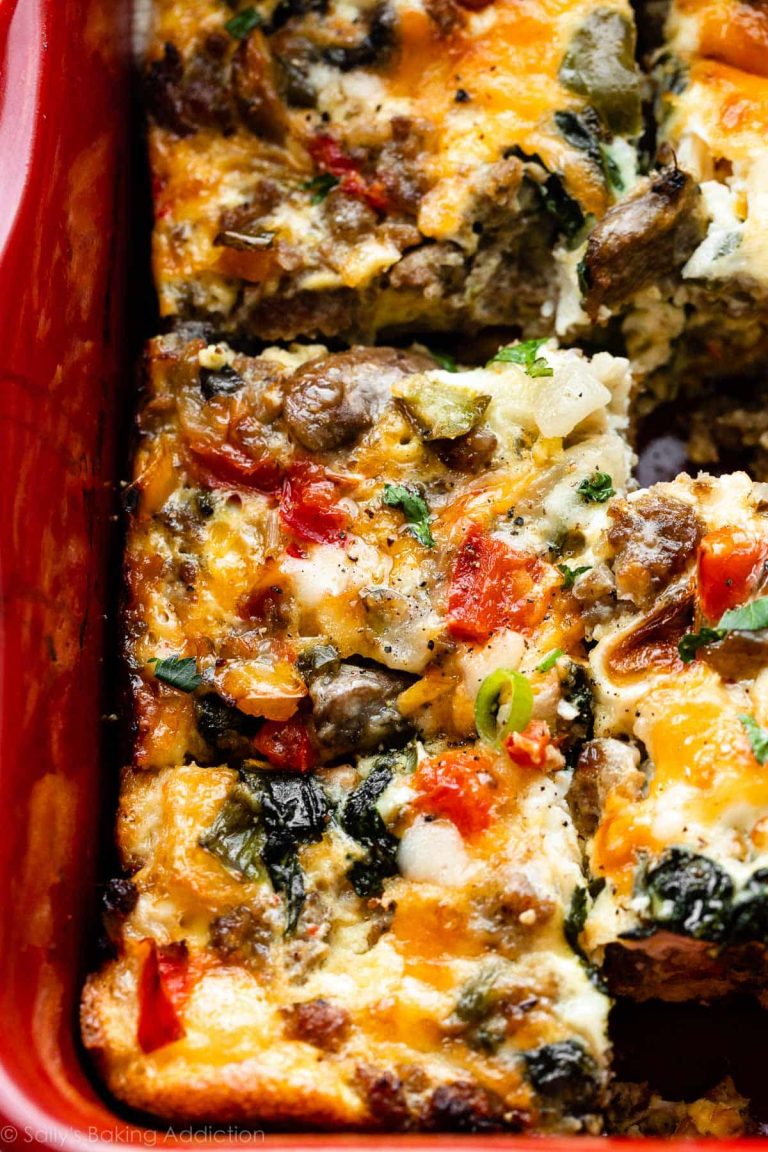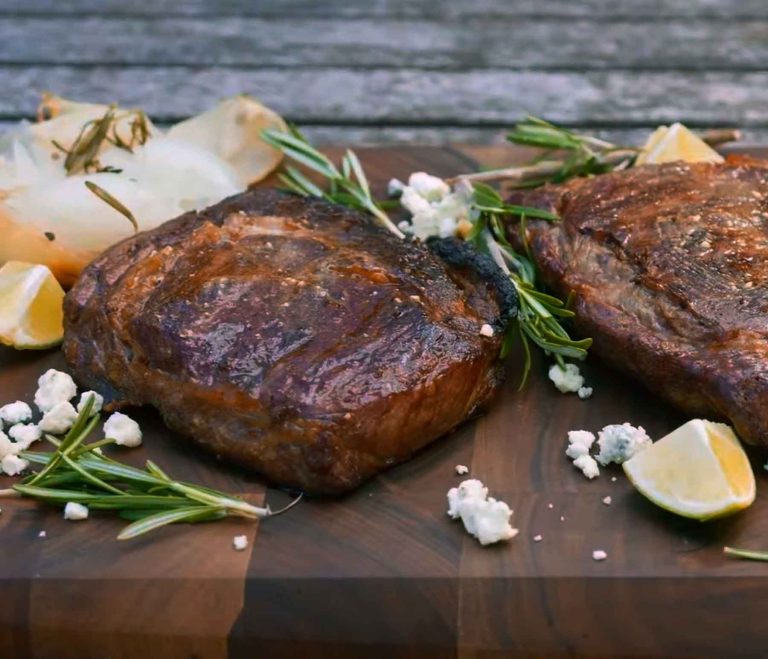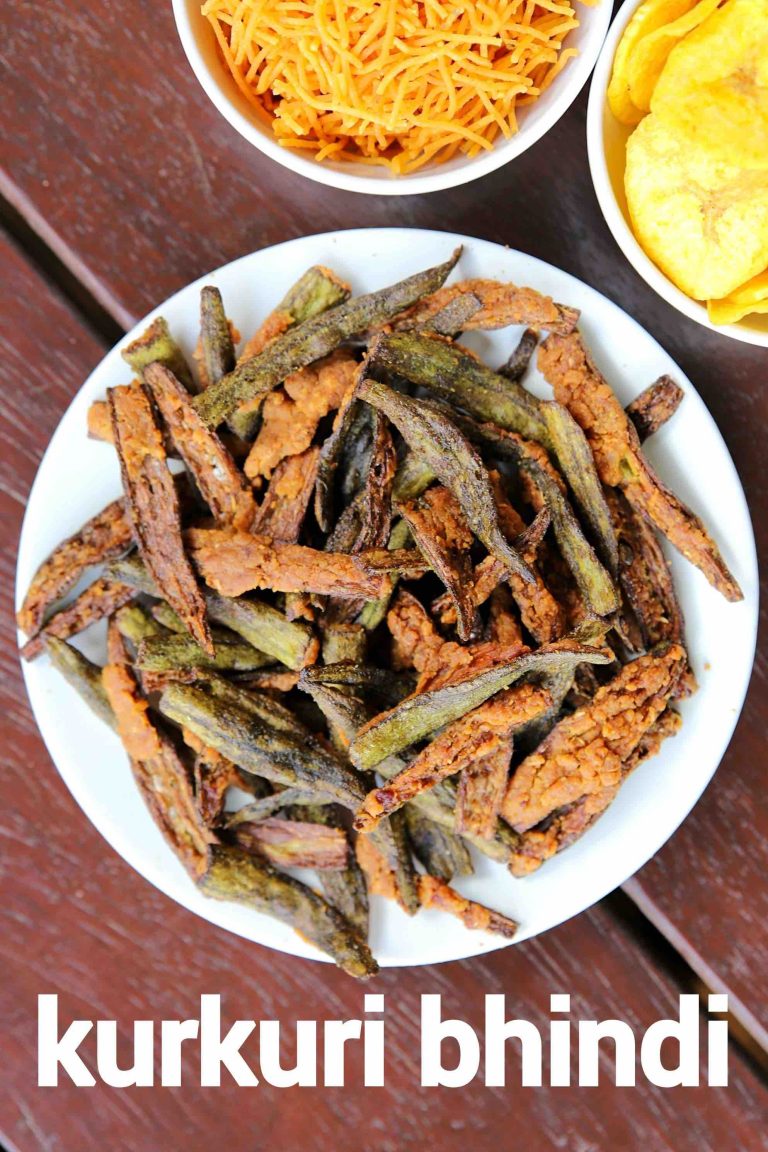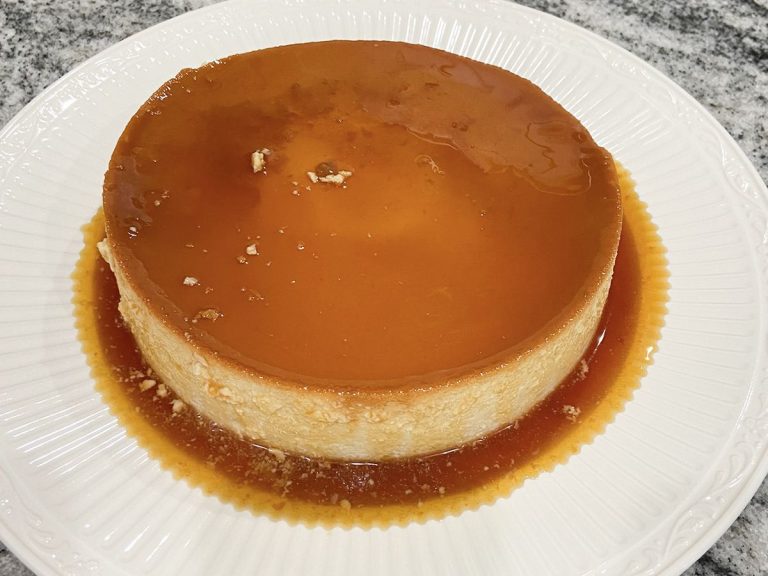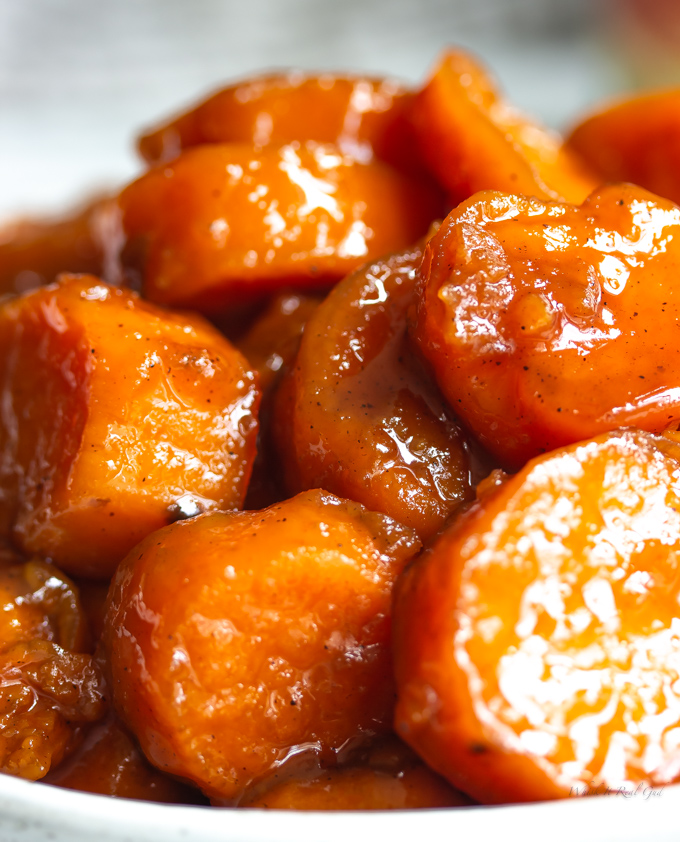Potato Casserole Guide: Recipes, Tips, and Dietary Adaptations
Potato casserole’s roots can be traced to the evolution of casseroles in general, which originated in French cuisine and became popular in American cooking in the 20th century. Originally, casseroles combined meat, vegetables, and starch in a single baking dish. Over the years, the potato casserole emerged as a distinct variation, focusing on the creamy, cheesy combination that sets it apart.
You can find numerous variations of potato casseroles. Some popular ones include adding crispy bacon, sautéed onions, or green beans. In the Midwest, variations often include sour cream and cornflakes. In the South, you’ll see versions with cheese and jalapeños for extra spice. Every region and family has their spin, making the dish endlessly adaptable.
Key Ingredients
Potato casserole typically includes a set of essential ingredients that create its signature taste and texture.
- Potatoes: Usually Yukon Gold or Russet varieties for their starchy content and ability to absorb flavors well.
- Cream: Heavy cream or sour cream adds richness and moisture.
- Cheese: Cheddar, Parmesan, or Gruyère for a cheesy depth.
- Butter: Adds flavor and helps in creating a creamy consistency.
- Seasonings: Salt, pepper, garlic, and sometimes paprika for extra flavor.
Optional ingredients vary by preference and recipe. Some common additions include bacon bits, chives, and breadcrumbs on top for a crunchy texture. Each ingredient plays a crucial role in defining the final dish.
How to Make the Perfect Potato Casserole
Choosing the Right Potatoes
Select the right potatoes for a balanced texture. Russet potatoes work well for a creamy and starchy finish. Yukon Golds add a buttery flavor. Avoid waxy varieties like Red Bliss. They hold their shape instead of offering a creamy consistency.
Tips for a Creamy Texture
Achieve a creamy texture by boiling the potatoes until fork-tender. Drain thoroughly. Mash them with warm milk, butter, and sour cream. For extra smoothness, use a potato ricer. Incorporate cheese and blend well. Bake at 350°F (175°C) until golden brown and bubbly. Adding a top layer of breadcrumbs or cheese creates a delightful crust.
Popular Potato Casserole Recipes
Classic Potato Casserole
Classic potato casserole boasts a straightforward list of ingredients and methods, offering familiarity and comfort. For the primary ingredients, you’ll need potatoes, heavy cream, butter, cheddar cheese, and seasonings, such as salt and pepper. Begin by slicing potatoes uniformly to ensure even cooking. Layer the sliced potatoes with a mixture of cream, butter, and cheese. Sprinkle seasonings between layers. Bake in a preheated oven at 375°F (190°C) for about 45-50 minutes until the top is golden brown and bubbly. Add breadcrumbs or Parmesan for a crispy top.
Vegan and Gluten-Free Options
Catering to dietary preferences, vegan and gluten-free potato casseroles replace traditional dairy ingredients with plant-based alternatives. Use potatoes, coconut milk, nutritional yeast, and gluten-free breadcrumbs. Opt for dairy-free butter or olive oil. Prepare by slicing the potatoes and layering them in a baking dish with a mixture of coconut milk, olive oil, and nutritional yeast for a cheesy flavor. Season with salt, pepper, and herbs like thyme or rosemary. Bake at 375°F (190°C) for 45-50 minutes. Top with gluten-free breadcrumbs for added texture.
Nutritional Information
Health Benefits of Potatoes
Potatoes offer several health benefits. Rich in vitamins and minerals, they contain significant amounts of vitamin C, potassium, and vitamin B6. An average potato provides about 37% of the recommended daily vitamin C intake. Potatoes are a good source of dietary fiber, improving digestion and promoting gut health. They also supply antioxidants, like carotenoids and flavonoids, which contribute to overall cell health.
Considerations for Dietary Restrictions
When considering dietary restrictions, potato casserole recipes can be adapted for various needs. For a lower-calorie option, you can reduce or replace high-fat ingredients like butter and cream with alternatives such as Greek yogurt or low-fat milk. Vegan and gluten-free variations can use plant-based milk and nutritional yeast instead of traditional dairy products. Always check ingredient labels to avoid allergens and meet specific dietary guidelines while maintaining flavor and texture.
Conclusion
Potato casserole remains a versatile and beloved dish that can be tailored to suit a variety of tastes and dietary needs. Whether you’re sticking to the classic recipe or exploring vegan and gluten-free options, there’s a version of this hearty dish for everyone. By selecting the right ingredients and following key tips, you can achieve a creamy, flavorful casserole that’s sure to impress. So next time you’re planning a meal, consider whipping up a potato casserole to delight your family and friends.
